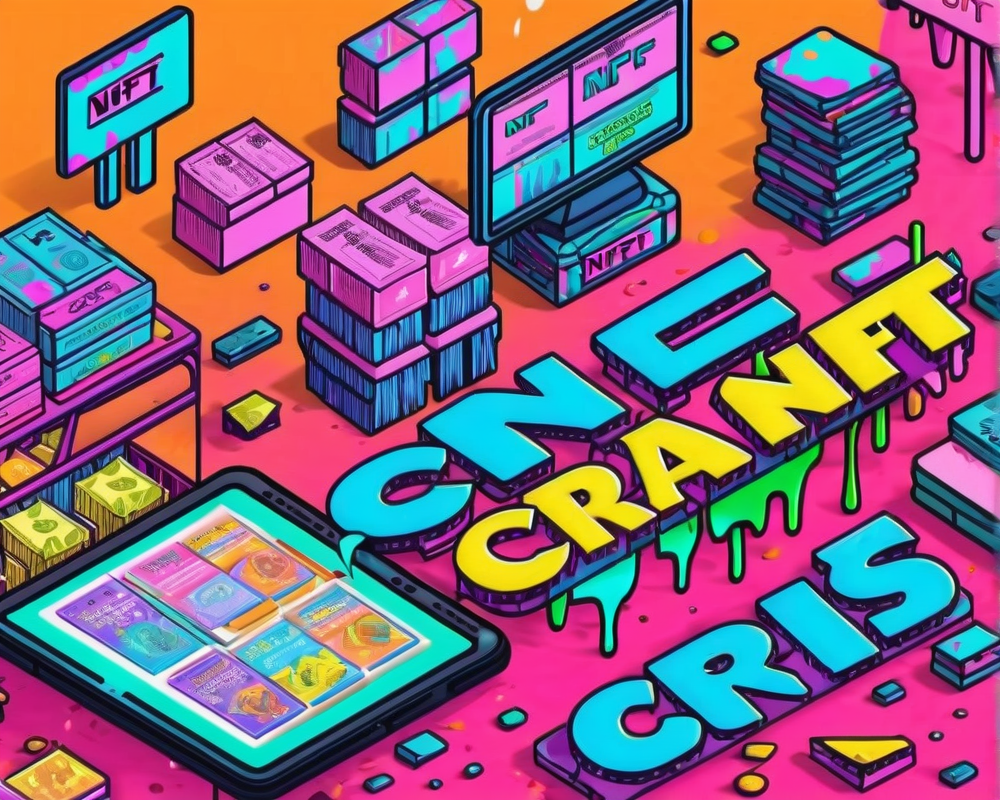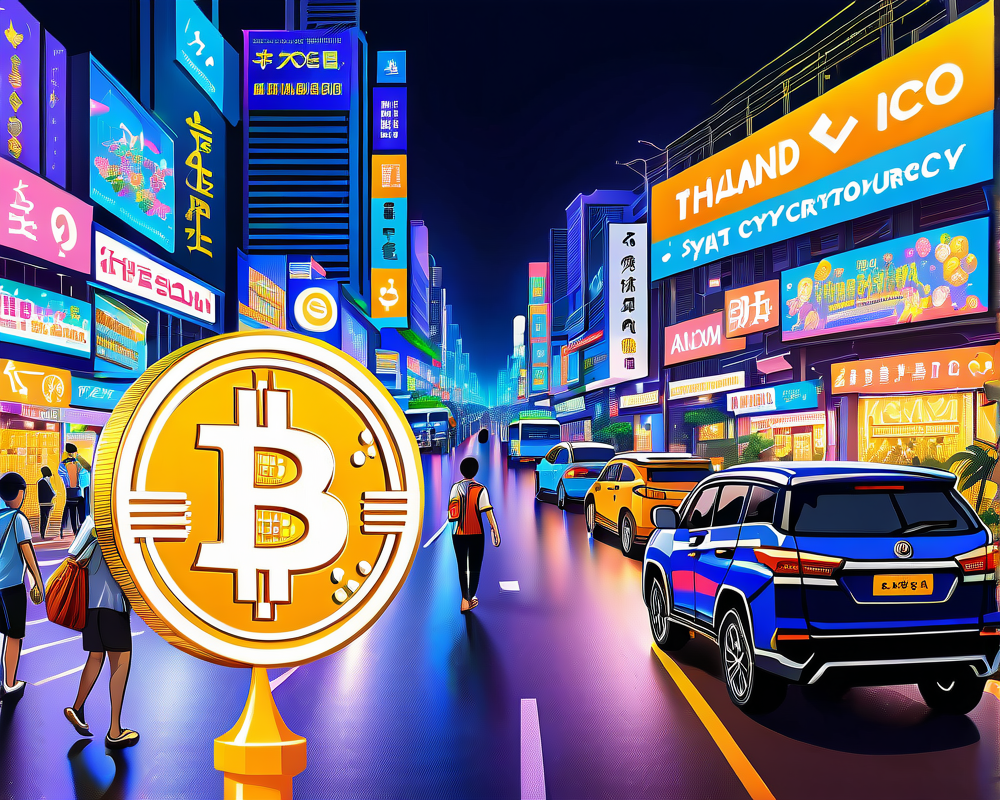The NFT Minefield: Counterfeits and Caution
The ever-evolving landscape of non-fungible tokens (NFTs) has hit a bumpy road with rampant issues concerning counterfeit minting. Cent, a platform that dared to innovate in the realm of digital ownership, found itself stepping back to assess the ground beneath its feet. Their recent decision to halt NFT operations reveals the precarious nature of this digital frontier.
From Social Networking to NFT Auctioning
Founded in 2017, Cent began as a creative playground for the socially inclined. In 2020, it shifted gears, launching Valuables, its very own NFT platform. The selling point? Iconic tweets, because who doesn’t want to splash out millions on a digital chirp? Case in point: Jack Dorsey’s first tweet fetched a staggering $2.9 million. Fast forward to February 6, and the same platform hit the brakes on NFT trading, citing a “spectrum of activity” that was raising eyebrows.
Echoes of Caution: The Importance of Protection
Cameron Hejazi, co-founder of Cent, expressed the industry’s ongoing struggle with protecting creators and buyers alike. In his words, they often hear the phrase “caveat emptor,” but true protection is essential. The platform faced troubling circumstances, including the sales of unauthorized NFT copies and the shady repurposing of stolen content. Hejazi’s belief in consumer protection is echoed across the industry.
The Reputational Ripple Effect
According to Umberto Canessa Cerchi, CEO of Kryptomon, the tarnished reputation of the NFT space could be a fork in the road for novice buyers. He notes that many first-time buyers unknowingly purchase fakes, leading to a widespread belief that all NFTs are scams. This is a sentiment that, if left unchecked, could sour the industry’s growth.
A Ray of Optimism: Regulation on the Horizon?
As concerns about money laundering seep into discussions about NFTs—after all, it’s not just about buying digital cats—Phil Gunwhy at Blockasset.co remains hopeful. He believes that creating specific regulations could serve as a safety net against fraudulent listings. The lack of regulatory oversight is a double-edged sword, where marketplaces function without controlling the flow of listed NFTs. Gunwhy’s take? Future regulations might just reshape the ecosystem for the better.
Conclusion: A Call for Industry-Wide Support
With the U.S. Treasury tightening the screws on money laundering, it’s clear that NFTs are under a watchful eye. Hejazi’s hope for an open industry conversation stands as a necessary step towards addressing these pervasive issues—a collective responsibility to root out the bad actors in a space that promises innovation but is marred by deception.




